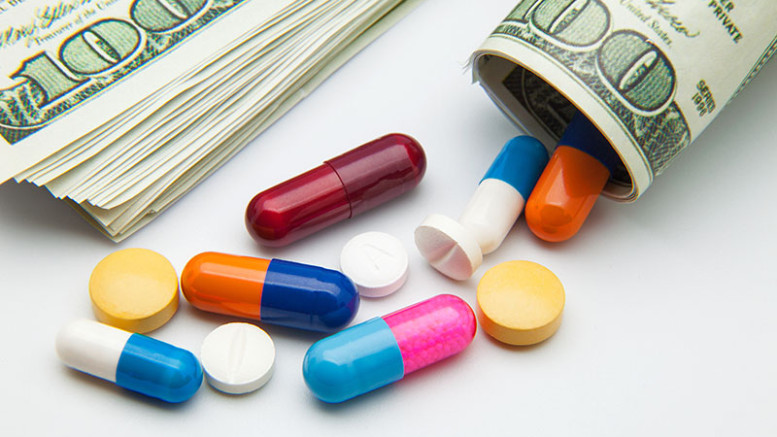A 6-month long investigation from the Office of the Inspector General (OIG) found Medicare overpaid $367 million for fraudulent outpatient physical therapy. The government watchdog’s probe discovered that most services offered to patients did not comply with the agency standards, leading to a waste amounting to hundreds of millions.
The agency reviewed a stratified sample random sample of 300 reimbursement claims from July 1 through December 31, 2013, out of a total of $635.8 million claims. 61 percent of them (184 claims) did not comply with Medicare coding and documentation requirements or just with medical necessity. The OIG put the blame on the Centers for Medicare & Medicaid Services (CMS) whose inefficient controls failed at preventing “unallowable payments” for outpatient physical therapy services.
The OIG made recommended the CMS to implement new improved methods to efficiently oversee the appropriateness of reimbursement claims to avoid future wastes and frauds. They also requested the agency to educate providers about the necessary requirements for submitting outpatient physical therapy claims, and notify them every time that a potential overpayment occurs via the Medicare Administrative Contractors. This way the providers will be able to take the necessary actions to investigate those claims that do not comply with the Medicare guidelines, and possibly return overpayments whenever possible.
However, the OIG noted how the CMS disagreed with certain policy interpretations and believes further analysis may find other potential claims that did not meet Medicare requirements.
The social effects of medical malpractice
Medicare and Medicaid upcoding and overbilling are just the tip of the iceberg. Inaccurate billing codes are just some of the many healthcare frauds that plague the US system, leading to many dangerous effects on the entire society.
The third leading cause of death in the US is, in fact, medical malpractice, just after cardiovascular diseases and cancer. Recent statistics estimated that medical errors payouts amount to roughly $20 billion per year. However, that’s just a fraction of the real potential of this type of business. Every year only 15% of the over 200,000 patients killed by medical negligence in the States file a personal injury lawsuit, and an astounding 80% of those cases end without any kind of payment to the patients who suffered the damage or his relatives. The biggest law firms know exactly how large are the potential revenues coming from medical negligence litigations, or even better from mass torts against pharmaceutical companies.
Big Pharma manufacturers often market drugs and medical devices that are not tested adequately, falsely advertising them as safe. In the early 2000s, the US drugs expenditure increased by over +600%, growing up from the $40 billion expended in 1990, to the over $234 million of 2008. In 2022, this number kept growing three times over for a total of $633.5 billion. A lot of people every year die or suffer all kind of injuries caused by the severe side effects of dangerous medications and defective medical devices. Not just medical malpractice kills people, but even manufacturer’s negligence and flaws in the approval process are responsible for millions of cases of injured people who end seeking compensation in court.
Yet, how many people know that they could sue the maker of a defective drug or product, and most importantly, how they could do that? How can a patient determine whether the payment he was requested was, indeed, appropriate or fraudulently inflated? Government watchdogs should vigilate on all these unlawful behaviors to protect citizens, since filing a litigation to seek compensation should always be the last resort, instead of the most common solution to the problem itself.
Article updated on April 09 2024, edited and fact checked by our editorial team
References:
- Rodziewicz TL, Houseman B, Hipskind JE. Medical Error Reduction and Prevention. 2023 May 2. In: StatPearls [Internet]. Treasure Island (FL): StatPearls Publishing; 2024 Jan–. PMID: 29763131.
- Tichy EM, Hoffman JM, Tadrous M, Rim MH, Suda KJ, Cuellar S, Clark JS, Newell MK, Schumock GT. National trends in prescription drug expenditures and projections for 2023. Am J Health Syst Pharm. 2023 Jul 7;80(14):899-913. doi: 10.1093/ajhp/zxad086. PMID: 37094296.
